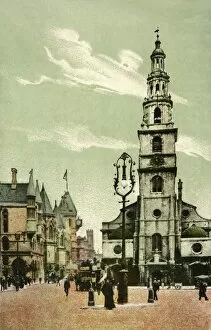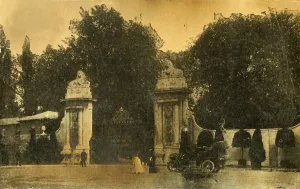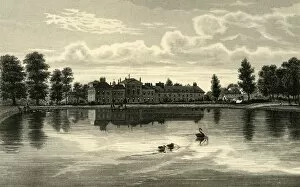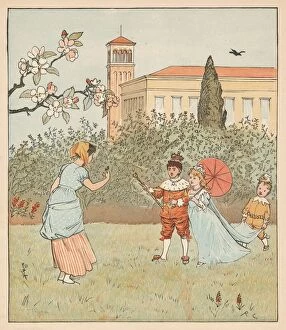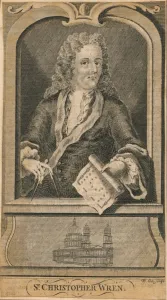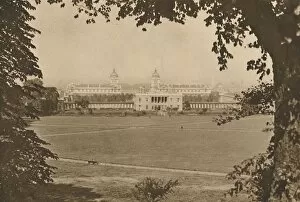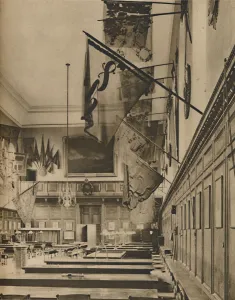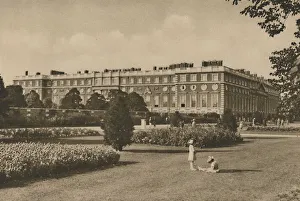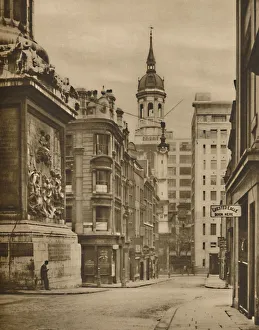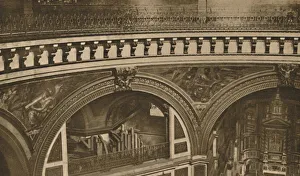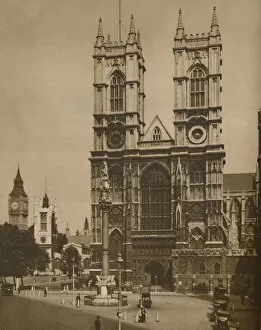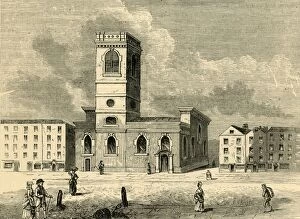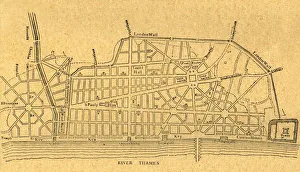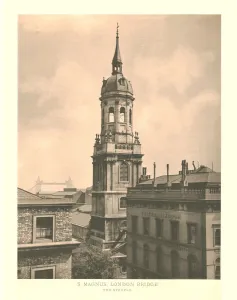Wren Collection (page 5)
"Wren: A Symbol of Beauty, Architecture, and Melody" The wren, a small bird known for its melodious song
All Professionally Made to Order for Quick Shipping
"Wren: A Symbol of Beauty, Architecture, and Melody" The wren, a small bird known for its melodious song, has captivated the hearts of many across different cultures and locations. Just like Saint Francis of Assisi found solace in nature's creatures, the wren enchants us with its sweet melodies. In London's iconic St Pauls Cathedral, Sir Christopher Wren's architectural masterpiece showcases his genius. The section through Wrens Dome reveals the intricate design that stands as a testament to human creativity and skill. But it is not just in grand structures where we find the wren's influence. In Cleveland, England, UK, this tiny bird sings joyfully amidst nature's beauty. It reminds us that even in urban landscapes like Soho or Cambridge University's Emmanuel College gardens in England; nature finds a way to thrive. A glimpse into the life of a wren reveals their dedication to family. An adult feeding its offspring at nest exemplifies parental love and responsibility shared by creatures big and small. Beyond Europe lies Australia’s Olive Pink Botanic Gardens where the splendid fairy-wren displays vibrant colors against Alice Springs' backdrop. This male specimen reminds us of nature’s diversity and beauty spread across continents. Looking back at history brings forth images such as William Barribal’s "To the Girls in Navy Blue, " depicting young women adorned with delicate feathers reminiscent of these birds' gracefulness. Even folklore recognizes their significance - Grimm tales often feature clever interactions between cunning characters like Wren & Bear who navigate challenges together using wit and resourcefulness. As we admire these various representations of wrens throughout art and architecture alike—whether it be an interior view from 1825 City of London Church or St Anne’s Church on Wardour Street—we are reminded that these birds have left an indelible mark on our collective consciousness. The wrens symbolize more than just avian elegance; they embody resilience, creativity, and the power of song.










